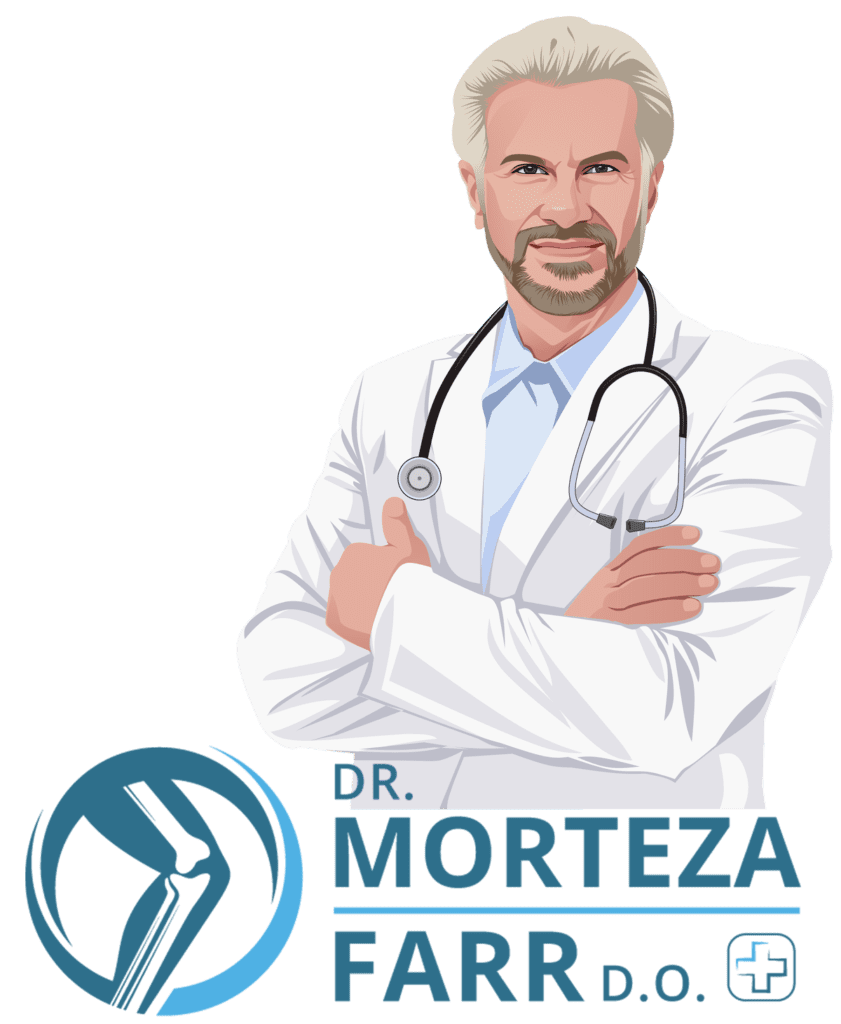Spinal Cord Stimulator Placement
A spinal cord stimulator (SCS) is a device that is implanted in the body to relieve pain. SCS works by sending electrical pulses to the spinal cord. These pulses block pain signals from reaching the brain.
Spinal Cord Stimulator Placement
Spinal Cord Stimulator Placement is a minimally invasive surgical procedure used to manage chronic pain that has not responded well to conservative treatments. It involves the implantation of a small device that delivers electrical impulses to the spinal cord, interrupting pain signals and providing relief to individuals suffering from persistent pain conditions.
During the procedure, an experienced pain management specialist or neurosurgeon places thin, insulated wires (leads) near the spinal cord. These leads are inserted through a needle or small incisions and carefully guided to specific target areas. Once in place, the leads are connected to a small, battery-powered device called a spinal cord stimulator, which is typically implanted under the skin in the buttock or abdomen.
The spinal cord stimulator generates mild electrical pulses that modify or mask the pain signals before they reach the brain. This mechanism of action helps individuals experience a soothing, tingling sensation (paresthesia) rather than pain. The intensity and frequency of the electrical stimulation can be adjusted according to the individual’s pain levels and preferences.

Who Needs Spinal Cord Stimulator Placement Surgery?
Spinal Cord Stimulator Placement is considered when other conservative treatments, such as medications, physical therapy, or injections, have not provided satisfactory pain relief. It is commonly used for conditions such as failed back surgery syndrome, complex regional pain syndrome (CRPS), neuropathic pain, and other chronic pain conditions.
If you are suffering from chronic pain that has not responded well to conservative treatments, consulting with a pain management specialist or neurosurgeon experienced in spinal cord stimulation can provide valuable insights. They will evaluate your condition, discuss the benefits, risks, and alternatives, and determine if Spinal Cord Stimulator Placement is an appropriate option for you. With this innovative approach, you may find relief from chronic pain and regain control over your life.
Benefits of Spinal Cord Stimulator Placement
Spinal cord stimulation has been shown to effectively reduce or alleviate chronic pain, enabling individuals to regain function and improve their quality of life.
Unlike certain surgical interventions, spinal cord stimulation does not involve the removal or alteration of anatomical structures. It provides pain relief without permanently modifying the spine.
The spinal cord stimulator is a reversible treatment option. If needed, the device can be turned off or removed. Additionally, the stimulation settings can be adjusted to accommodate changing pain patterns and individual preferences.
Spinal cord stimulation may help reduce the reliance on pain medications, including opioids, which can have undesirable side effects and potential long-term risks.
Risks of Orthopedic Surgery
While Spinal Cord Stimulator Placement offers significant pain relief for many individuals, it is essential to consider potential risks and limitations. These can include infection, discomfort at the implant site, device-related complications, and suboptimal pain relief in some cases. However, with proper patient selection, careful surgical technique, and ongoing follow-up, these risks can be minimized.
Some of the potential risks include:
There is a risk of infection at the surgical site or around the implanted device. Infections may require antibiotics or, in rare cases, surgical intervention to address the issue.
uring the surgery, there is a small risk of bleeding or the formation of a hematoma (a localized collection of blood) around the surgical site. This may require further medical intervention to control or resolve
Complications related to the spinal cord stimulator device itself can include lead migration (movement of the leads from their intended position), lead breakage or malfunction, battery depletion, or issues with the electrical stimulation. These complications may require additional procedures or device revision or replacement.
Following the surgery, some patients may experience pain, discomfort, or soreness at the surgical site. This is typically temporary and can be managed with pain medications or other conservative measures.
In rare cases, patients may experience an allergic reaction to the materials used in the spinal cord stimulator or the surgical implantation procedure. It is important to inform your healthcare provider about any known allergies or sensitivities.
The surgical procedure may cause scarring or tissue damage, which could potentially lead to localized pain, nerve irritation, or altered sensation in the area.
Occasionally, patients may experience side effects or stimulation that is not entirely desirable. These can include sensations such as tingling, buzzing, or muscle twitching. Adjustments to the device settings can often help alleviate these effects.
As with any surgical procedure, there are general surgical risks involved, such as adverse reactions to anesthesia, blood clots, or damage to nearby structures like blood vessels or nerves.
The risks of orthopedic surgery vary depending on the type of surgery that is being performed. It is important to discuss the risks of surgery with your doctor before you make a decision about whether or not to have surger
Recovery from orthopedic surgery can take several weeks or months. The amount of time it takes to recover from surgery depends on the type of surgery that was performed. During your recovery, you will need to follow your doctor’s instructions carefully. This may include taking pain medication, using ice or heat, and resting. You may also need to attend physical therapy sessions.


